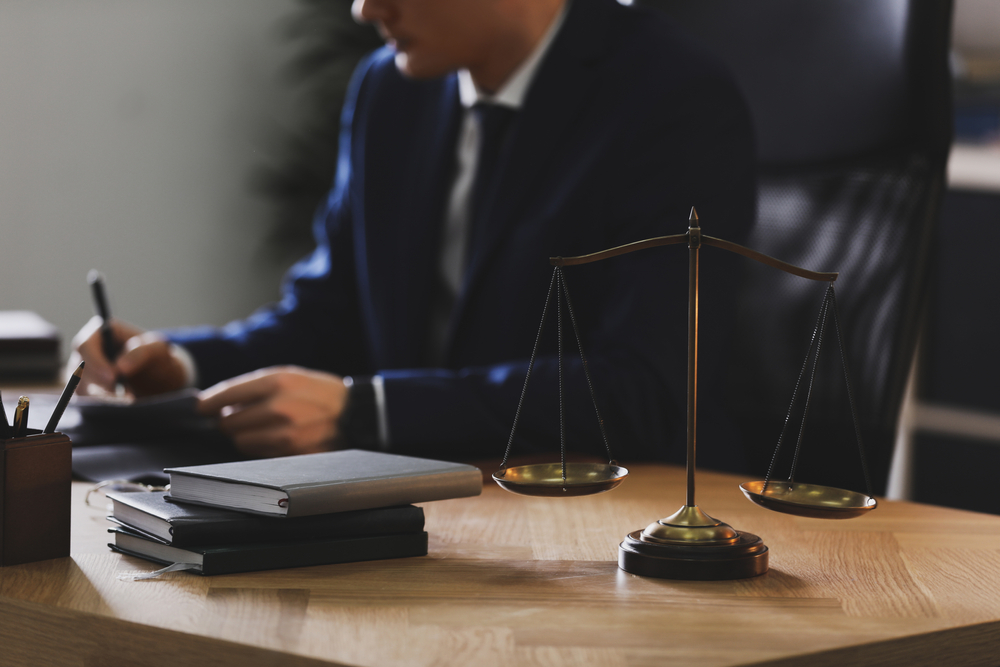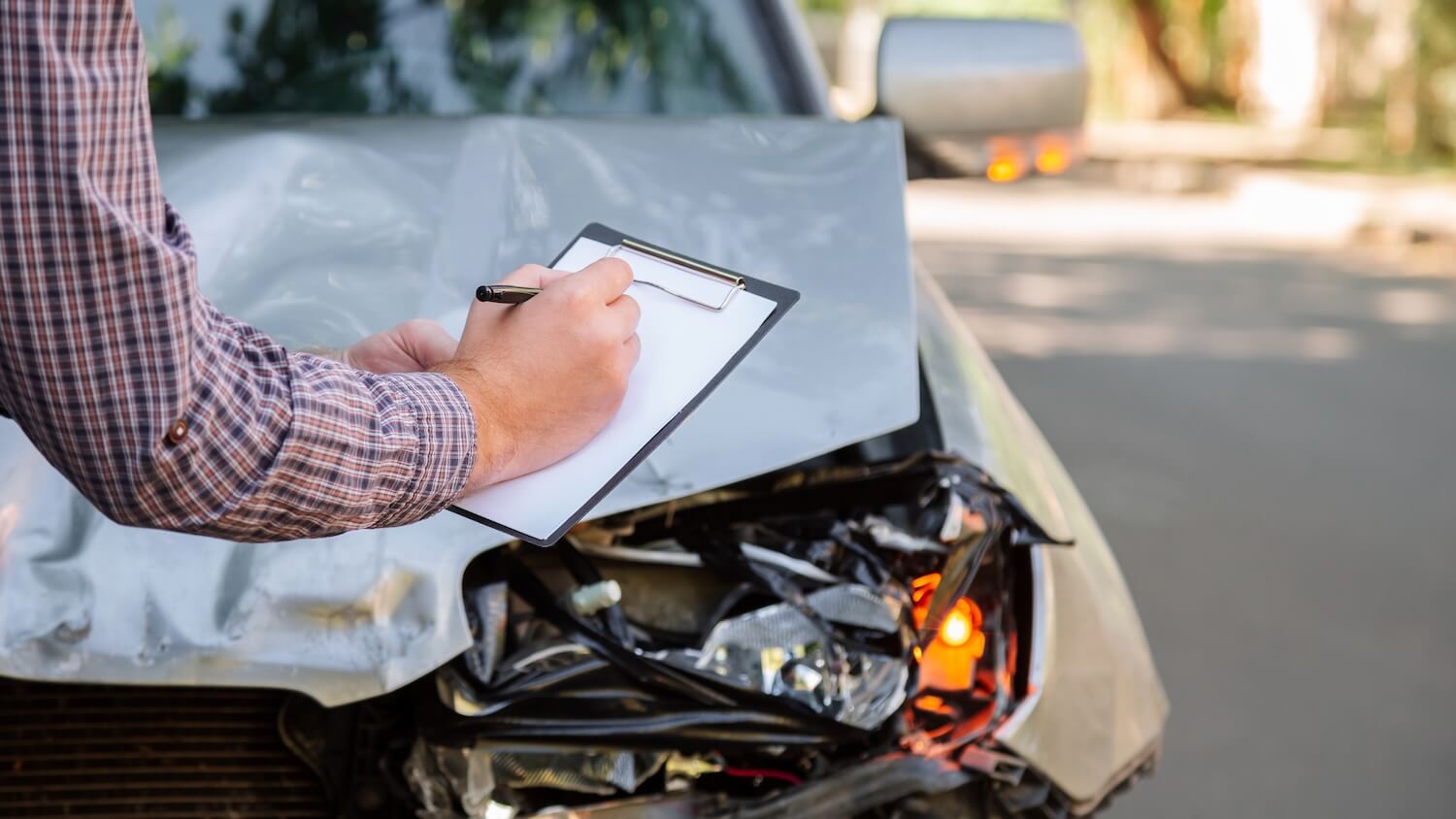Understanding Comparative Negligence in Personal Injury Cases

Written by Molly A. Ullrich

Comparative negligence determines how much responsibility each party holds in a personal injury case and directly affects the amount of compensation someone may receive. This principle acknowledges that more than one person can contribute to an accident, making it crucial for anyone involved in a personal injury case to understand how fault is allocated.
Many people are surprised to learn that even if they are partially at fault, they may still be eligible for damages depending on their state’s laws. Knowing how comparative negligence is applied helps individuals make informed decisions during negotiations or court proceedings.
What Is Comparative Negligence in Personal Injury Cases?
Comparative negligence is a legal concept that affects how damages are awarded in personal injury cases involving shared fault. This framework determines how blame and compensation are divided when more than one party is responsible for an accident.
Basic Principles of Comparative Negligence
Comparative negligence comes into play when both the plaintiff and defendant share some responsibility for an injury. Under this principle, a court decides the percentage of fault for each party involved. The plaintiff’s compensation is then reduced by their percentage of fault.
For instance, if a plaintiff is found 30% at fault in a car accident, any damages awarded to them are reduced by 30%. This system is common in personal injury claims, and it often affects negotiations with insurers. The concept ensures a fairer outcome by allocating responsibility proportionally, unlike older systems that may have barred recovery for any fault.
Types of Comparative Negligence Systems
There are two main types of comparative negligence systems: pure comparative negligence and modified comparative negligence.
In a pure comparative negligence system, a plaintiff can recover damages even if they are found to be mostly at fault, even up to 99%. In modified comparative negligence states, the plaintiff can only recover damages if their level of fault does not reach a certain threshold, typically 50% or 51%. If their responsibility exceeds that threshold, they cannot collect damages.
Table 1: Comparison of Comparative Negligence Systems
| System | Can Plaintiff Recover Damages? |
| Pure Comparative Negligence | Yes, regardless of plaintiff’s fault (%) |
| Modified (50% Rule) | Yes, if plaintiff’s fault ≤ 50% |
| Modified (51% Rule) | Yes, if plaintiff’s fault < 51% |
Comparative Negligence Versus Contributory Negligence
Comparative negligence is different from contributory negligence, an older and much stricter rule. Under pure contributory negligence, if a plaintiff is found even 1% at fault, they cannot recover any damages at all. Only a handful of jurisdictions still use this system.
Comparative negligence is preferred in most states because it allows for partial recovery. This approach is seen as fairer by courts and legal experts, including firms like Smith & Weidinger, who regularly guide clients through these distinctions.
Dealing with insurance companies after an accident often involves arguments about levels of negligence. Understanding these rules is essential because insurers may use the percentage of fault to negotiate settlement amounts. Plaintiffs need to know how each system could affect their recovery.
Examples of Comparative Negligence in Action
Suppose a pedestrian crosses a street outside a crosswalk while a driver is speeding. The pedestrian sues for injuries, but a jury finds the pedestrian 40% at fault and the driver 60%. If the total damages are $10,000, the pedestrian would receive $6,000 due to the 40% reduction for their share of blame.
In another example, consider a slip and fall at a grocery store, where the injured customer was texting and not watching where she walked. If she is found 20% at fault and the store 80%, her recovery will be reduced by 20%.
Smith & Weidinger routinely illustrates these scenarios to help clients set realistic expectations. When dealing with insurance companies, knowing how comparative negligence works can shape settlement talks and litigation strategy. Clear documentation and accident investigation are crucial for accurately determining fault percentages.
The Role of Insurance Adjusters in Comparative Negligence Claims
Insurance adjusters play a direct role in determining fault and compensation in comparative negligence cases. Their assessments can shape settlement outcomes and affect how much fault is assigned to each party involved in a personal injury claim.
Understanding the Role of Insurance Adjusters
Insurance adjusters are employed by insurance companies to investigate claims, evaluate liability, and negotiate settlements. In comparative negligence claims, they examine police reports, witness statements, medical records, and other relevant documents.
Their central tasks include assessing how much each party contributed to the accident. Adjusters may request interviews with those involved and analyze evidence to support their conclusions. The conclusions reached by adjusters often form the basis for initial settlement offers in a claim.
Adjusters are also responsible for explaining the insurer’s position on fault and percentage of liability. Their evaluation determines if an offer will be made and the amount of compensation proposed, based on the degree of negligence attributed to each party.
Common Tactics Used by Insurance Adjusters
Adjusters often use strategic questioning to elicit information that supports the insurance company’s interest. For example, they might ask leading questions or request recorded statements soon after the incident, before all injuries are fully known.
Other common tactics include:
- Downplaying injuries: Suggesting that medical treatment was unnecessary or excessive.
- Highlighting inconsistencies: Closely examining statements for contradictions to challenge credibility.
- Rushing decisions: Encouraging quick settlements that can prevent a thorough review of all damages or injuries.
They may also reference comparative fault laws to justify reducing a settlement amount. Understanding these tactics helps claimants avoid unintentionally harming their claim.
Handling Insurance Adjusters Post-Injury
Before speaking to an insurance adjuster, it is important to gather all relevant information, such as medical records, repair estimates, and photographs of injuries or damages. Reviewing police reports and keeping detailed notes about the accident and any communications can be valuable.
It is beneficial to prepare clear, factual statements about what happened, without speculation or assigning blame. Claimants should resist pressure to provide a recorded statement or sign documents without fully understanding them.
Consulting with a legal professional or personal injury attorney before interacting with an adjuster can protect the claimant’s rights and ensure a fair handling of the comparative negligence claim. Taking time to prepare helps avoid mistakes that could affect liability or compensation.

Communicating with Insurance Adjusters and Protecting Your Rights
Communicating after an accident can influence how an insurance company evaluates fault and damages. Knowing what to say, what to avoid, and the value of legal representation can directly affect the results of a personal injury claim.
What to Say and Not Say to an Adjuster
Insurance adjusters often ask questions meant to clarify the facts, but some questions can lead to statements against a claimant’s interest. Saying too much about fault or describing injuries in uncertain terms can allow the insurer to limit payouts.
Accident victims should always stick to the facts. They should share basic details—name, contact, date, and time of the incident—but avoid opinions or guesses about who was at fault. Never admit fault or make assumptions about the actions of others involved.
Avoid discussing the full extent of injuries until a medical professional has evaluated them. If unsure about a question, it’s acceptable to say, “I don’t know.” Smith & Weidinger recommends writing down the adjuster’s questions and their own answers to maintain accuracy.
Why Legal Guidance is Important
Attorneys from Smith & Weidinger can handle all communications with insurance adjusters. This reduces the risk of making statements that could negatively impact the case.
Legal counsel ensures claimants understand their rights under comparative negligence laws. Lawyers explain how admitting partial fault can affect compensation. We also review settlement offers to verify they align with actual damages and future needs.
An attorney can identify tactics used by insurance companies to minimize or deny claims. We may recommend not providing a recorded statement or discourage direct calls between the claimant and adjuster. These steps protect the client’s interests and strengthen the negotiation position in personal injury cases.
Legal Action and Next Steps in Comparative Negligence Cases
When negotiation fails in a comparative negligence case, legal procedures and clear documentation become essential. It is vital to understand the formal process and required steps for moving forward.
Steps to Take If Negotiations Fail
If settlement negotiations do not achieve a fair outcome, the injured party may need to file a formal lawsuit. This typically involves drafting a complaint, gathering evidence such as police reports, medical records, and witness statements, and following all court deadlines.
Attorneys at Smith & Weidinger can assist with evaluating the case, filing paperwork, and representing clients in court. Proper documentation will help establish the percentage of fault.
Key steps include:
- Reviewing all case materials for accuracy
- Filing a claim within state-specific statute of limitations
- Preparing for litigation by organizing all relevant evidence
Court proceedings may include mediation, discovery, and, if necessary, trial before a judge or jury.
Don’t speak to an insurance adjuster alone. Contact us and we’ll handle communication on your behalf.
Note: The information provided in this blog post has been compiled from publicly available and secondary sources. While we strive for accuracy, some details may become outdated or contain inadvertent errors. If you believe any information is incorrect or requires updating, please contact Smith & Weidinger so that we may review and make the appropriate corrections.
Disclaimer: This blog post is for informational purposes only and is not intended as a solicitation for business. The photo used is not from the scene of the incident described. Viewing this content does not create an attorney-client relationship with Smith & Weidinger. If you have been injured in an accident, please seek immediate medical attention and then consult with a qualified attorney to discuss your legal rights and options.










